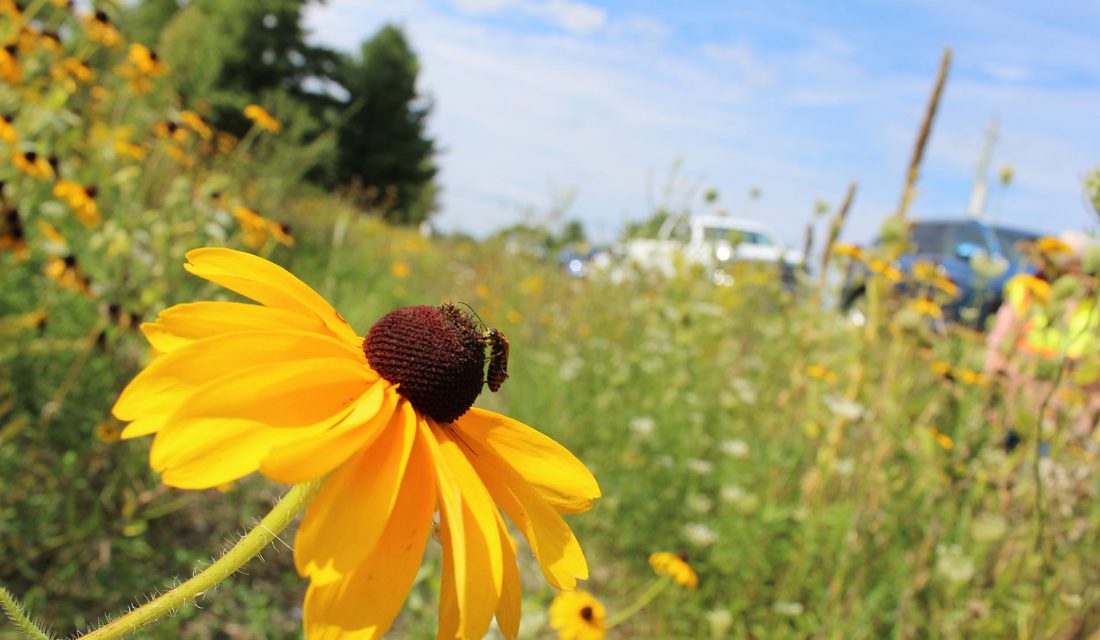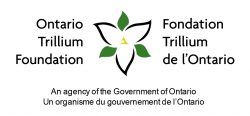With asters and goldenrods in bloom hinting summers end, the Canadian Wildlife Federation facilitated a roadside pollinator habitat restoration training and tour. In collaboration with Lanark County, it was a day of learning and knowledge sharing.
A group of rights-of-way managers built by CWF from communities across Eastern Ontario joined on August 25, 2022 to see for themselves how integrated vegetation management meets the operational needs of municipalities while also achieving benefits for native pollinators.
CWF has built this network of rights-of-way (ROW) managers in Eastern Ontario. This growing community of practice facilitates peer-to-peer technical training in native meadow restoration (through meetings, webinars and workshops) to support creating habitat for pollinators.
Highlights
 What’s in your toolkit?
What’s in your toolkit?
Regardless the level of experience, having access to a toolkit of resources is beneficial. Attendees learned the impact of various roadside management practices and how to assess pollinator habitat quality by using a pollinator scorecard. CWF’s geospatial tools, available to ROW managers to assist their restoration efforts, were also shared. These include a map dictating safe mowing times for roads and rights-of-way, and CWF’s dashboard for tracking potential and restored ROW.
Using the right tool at the right time – a how-to.
Rick Johnstone, President of Integrated Vegetation Management Partner Inc., imparted his knowledge and experience on providing safe, accessible and reliable ROW by improving species habitats, controlling invasives, addressing carbon storage and lowering the bottom line in municipal budgets.
Applying Best Management Practices (BMPs)
Using a fictional municipality with real life roadside challenges, attendees analyzed and applied their learnings of the day with their peers to draft an integrated vegetation management plan referencing communications, invasives species and active/passive restoration.
Lanark County’s Roadside Tour
Attendees were led on a driving tour by Lanark County, stopping at locations at various restoration stages to explore techniques and themes such as wild parsnip control, pollinator seed application, hydroseeding, tilling, applying wood shavings and more!
Learn more and join our Rights-of-way and Habitat Networks!
CWF thanks our funders, the Ontario Trillium Foundation for their support.





